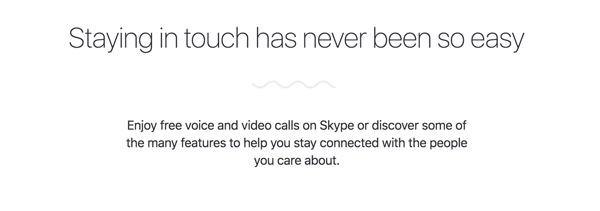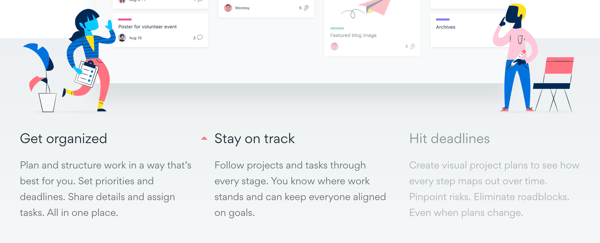It’s a mantra I live by during every website project.
Why? Because I know customers don't care about specific solutions. They care about solving their problems and making their lives better and more fulfilling. That's why every B2B site strategy I create focuses on the customer exclusively.
When you make a website that centers on the customer's problem, you build a site that will attract, engage, and help gain the trust of your ideal persona. And the one tool that I trust to create a customer-centric B2B site strategy is a one-page template based on the jobs to be done framework.
VIDEO INSIGHTS
Learn The 4 Pillars Of A Winning Website.
Watch the FREE video training to learn:
- The #1 marketing mistake most websites make
- Four pillars of a winning website
- A step-by-step process to apply these pillars to your site
Thanks for submitting the form!
We'll review the information you've submitted and respond to you just as soon as possible.
What’s The Jobs To Be Done Framework, Anyway?
Our jobs to be done template follows the framework of Clayton Christensen, a Harvard Business School Professor, and the pioneer of The "Jobs-to-Be-Done theory."
The approach is so effective; even Snickers uses to stay customer-centric in their advertising and promotions.
I find that our version of the framework is essential in the creation of a winning B2B site strategy. In five steps, the template walks you through every aspect of the jobs to be done approach, including the customer situation, motivation, outcome, emotional job, and social job.
Step #1: The Situation, aka What Is The Customer’s Problem?
The last big purchase I made online was a WaterRower.
It’s a beautiful, sleek, wooden rowing machine (like the one from House of Cards.) I bought the rower because despite wanting to get into shape, I don’t have a lot of time to exercise. I work from home and can't get to a gym every day. And despite liking outdoor activity, it rains a lot where I live, especially in the spring and summer.
I also don’t have a ton of space in my home. I can’t set up a home gym or invest in bulky exercise equipment.
All of these challenges leave me with one big problem: I can’t find the time or space to exercise.
But for WaterRower, those problems present an opportunity.
It’s the reason the company exists: they sell lightweight, sleek rowing machines, designed to be used and stored in the home. That problem is the compass of their entire website and content strategy.
For B2B companies, it’s the same idea. Once you identify the specific problem your ideal persona has, you can use it to design a buyer journey that shows the customer:
1) The problem is solvable
2) Your company is an expert in that problem
3) Your company is the best one to solve that problem
The situation is the accurate, proven customer problem, which is the foundation of an effective B2B site strategy.
Step #2: The Motivation or Why Is The Customer Hiring You?
When you buy a Snickers, you expect that the candy bar will satisfy your cravings and fill you up. For WaterRower, I want the rowing machine to make it easy to work out at home. Those are the reasons each product or company was "hired."
You will use your customer’s expectations to create a promise, which you'll incorporate into your B2B site strategy. The promise will inspire a belief page, or why you do what you do, as well as more effective website messaging at key conversion points.
For instance, instead of pushing the features of their marketing automation platform, HubSpot promises that the customer can use HubSpot to grow. All of their website content, lead magnets, and content offers help fulfill and reinforce that promise as well.
Step #3. What Is The Ideal Outcome, or The Customer’s Goals And Objectives?
Every customer has a desired outcome. For instance, my desired result for owning a rower is to get in as good of shape as Buffy The Vampire Slayer.
(And maybe slay a vampire or two.)
For your B2B, you want to determine the ideal outcome to identify what proof points and evidence you need to earn the trust of your potential customer.
WaterRower uses their ideal persona's goals to inspire their website content, with a ton of statistics, workouts, and features that address these objectives directly.
The physical job is also useful to help brainstorm offers throughout the buyer journey that will successfully move the lead from stage to stage.
Step #4. What Is The Emotional Job, or Why The Customer Will Choose You?
If you’re a B2B company, you likely have a few competitors that pretty much do the same thing you do. That’s why it’s critical to determine the reason a customer will choose you over anyone else.
I could have bought a treadmill instead of a rower. I also could have bit the bullet and signed up for a gym. But ultimately, I bought my rower for the feeling. When I sit on the rower and listen to the chlorinated water swoosh back and forth in the barrel, it feels good. I feel healthy and productive.
Slack is exceptional at emotional job website content and messaging, with prompts throughout their homepage encouraging better teamwork and collaboration. A lot of companies struggle with that.
With the help of the emotional job, you can create content for your homepage and conversion pages that will tug at your website visitor’s heartstrings, and ultimately, lead them to choose you.
Step #5. How Will Your Customer Be Perceived?
The social job is all about how the customer will be perceived by their peers, co-workers, family, and friends once they get their ideal, desired solution. It's another critical factor to why the customer will choose you over a competitor.
On B2B websites, you see messaging geared towards the social job all of the time.
On Skype.com, for example, there's a feature page that shows how you can stay connected with family and friends.
On Asana’s homepage, modules prompt the visitor to get organized, stay on track and hit deadlines.
Each example touches on the social job the customer desires. Whether it’s to lead the charge on team organization or be the one staying in touch with relatives and friends, these products will get you there.
You can use these social jobs to create stronger messaging on your homepage and feature pages that motivate your lead into action.
Putting The JTBD Framework Into Action
When you use the jobs to be done framework to inform your B2B site strategy, you focus on the correct problems and motivations. Because without an understanding of specific customer challenges, you risk creating an entire website on a problem that doesn’t exist. That’s why for me, the jobs to be done framework is so critical to use during the early strategy stages of a B2B website project.
However, the JTBD framework is just one of many strategy documents that can help create a stronger B2B site strategy. I also use a variety of website strategy documents in our SprocketRocket Strategy Kit, which you can access for free here.
In the kit, you’ll get a peek at our entire website strategy process, timeline, critical meetings to have, and more.




-1-1.png?width=600&name=jobstobedone%20(2)-1-1.png)
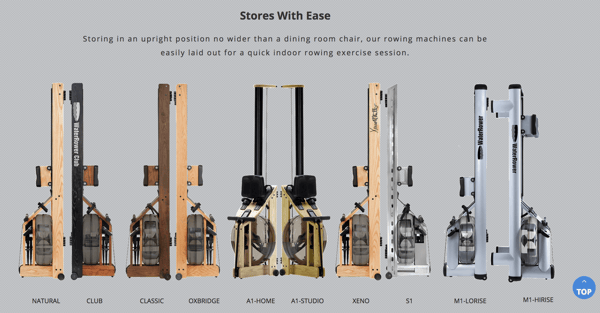
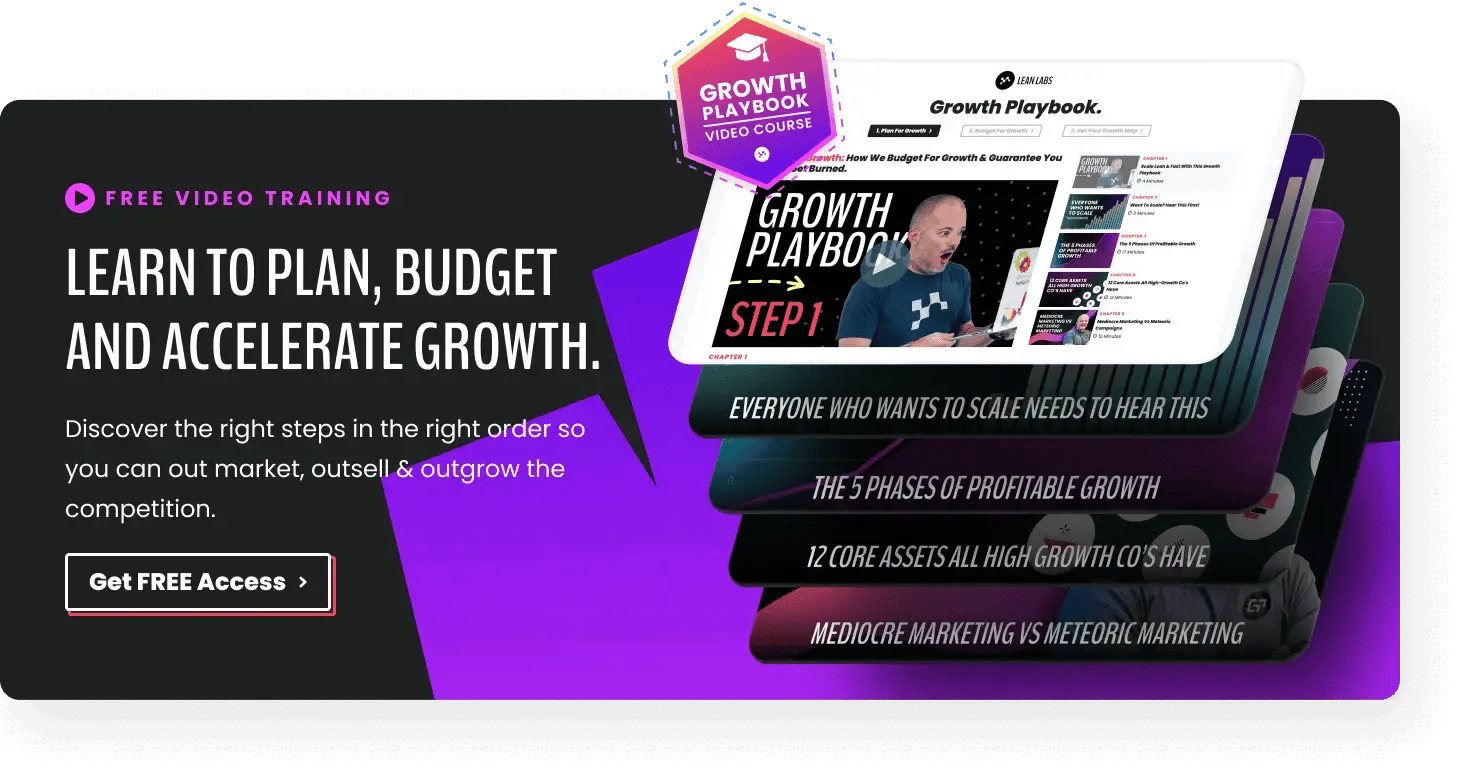
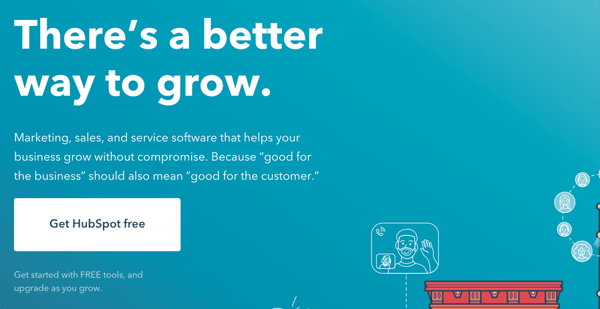
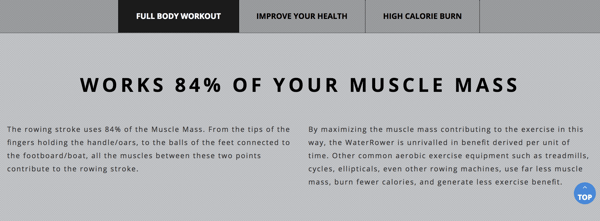
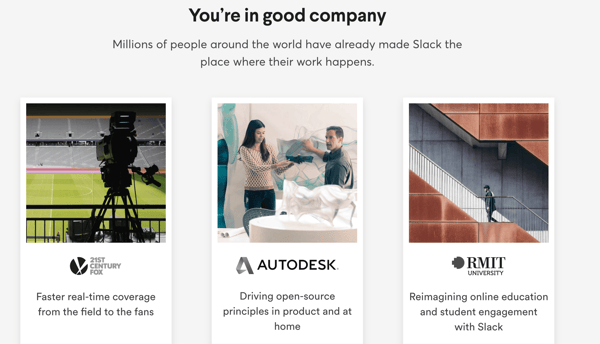
.png?width=600&name=slackimage%20(1).png)
